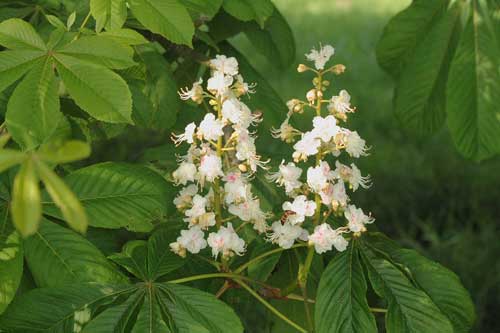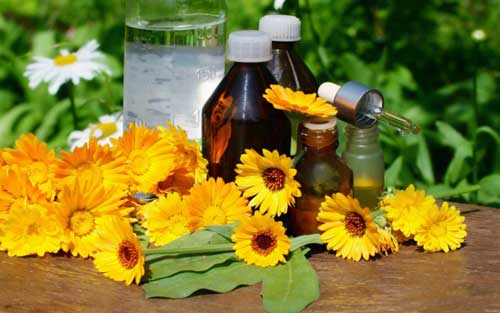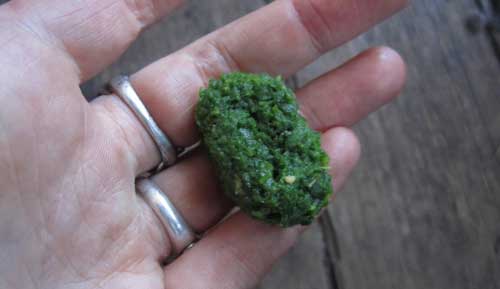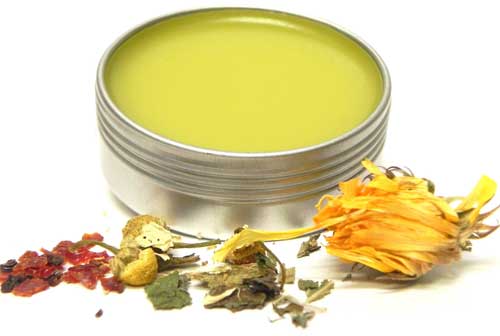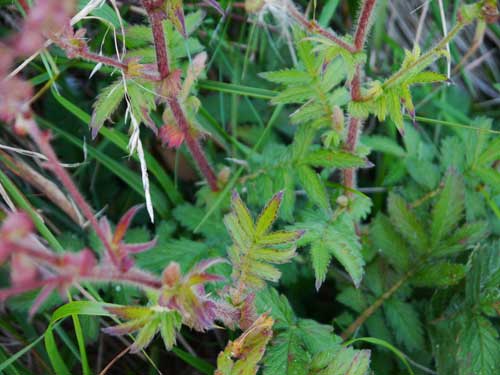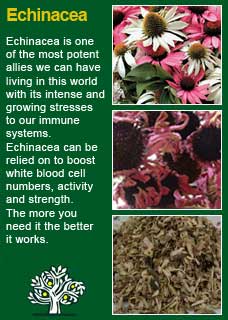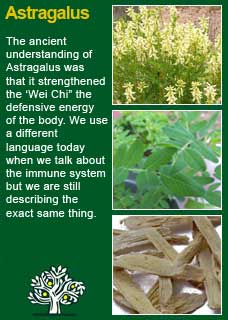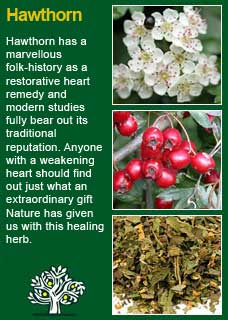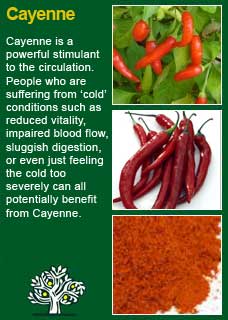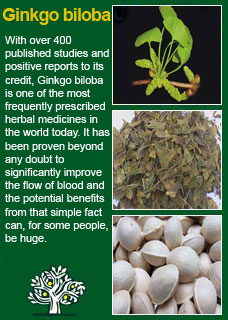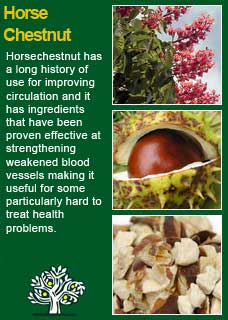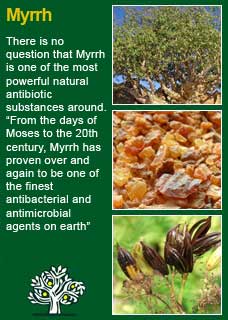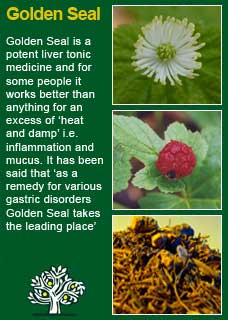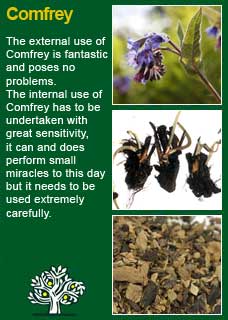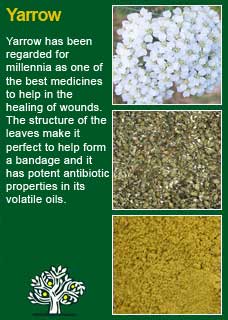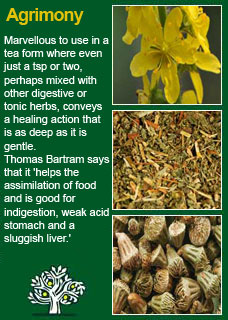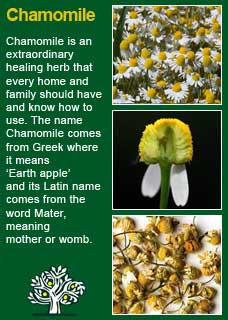
|
|
||
| Our Pages ABOUT CONSTITUTIONAL MEDICINE
|
The first rule of medicine is primum non nocere - which means 'firstly, do no harm'. In the case of ulcers on the skin the first thing to do is to try to protect the body against whatever caused the issue in the first place, whether that be some kind of pressure, inflammation, infection or general lack of circulation. Each person will be different and, depending on where the ulcer is located, and depending on and what is thought to have been causing it, the best treatment approach is going to vary. Therefore, careful thought and a problem-solving mindset are required. To try to prevent further harm, everyone involved needs to put their heads together to think about how to reduce, as much as humanly possible, whatever factors are behind the problem, to give the wound a chance to heal! Movement and/or massage is essential to both the treatment and prevention of ulcers. Poor circulation of the blood is nearly always a key factor, if not the primary cause, in what brings about an ulcer in the first place, so getting the blood moving again is nearly always essential in helping them to heal. If the person with the ulcer has become quite immobile then everyone must do their best to come up with a strategy to get moving again. That said, the less a person is able to move themselves, the more important massage becomes to get the circulation going. Massage is highly stimulating to blood circulation and again, get into a creative, problem-solving mindset on this important subject because what kind of movement and/or massage will be best is going to depend on a host of factors and you just have to work with whatever you've got! Do not overly worry about the 'right' technique, any kind of massage will help move the blood. Of course, you don't massage the ulcer itself but you can and should massage the tissues around it.
As well as whatever needs to be done externally, you must also treat any kind of chronic skin problem from the inside, the main internal medicines to recommend for a person with a skin or leg ulcer are those herbs that best support a) the immune system and b) the circulation.
Anytime a person has a wound that is not healing well, we can assume that their immune system needs support. Two of the best of all medicines to help achieve this are Echinacea root, more about it here, and Astragalus root, more here. These two herbs are by no means the only possible immune health allies but, if used correctly, they will reliably and significantly lift immune health in a matter of days, for more on immune health, read here
Certain herbs are very effective at improving blood circulation and will go a long way to treating the cause of the ulcers if used consistently and for long enough to make a lasting difference. Three of the very best are; Hawthorn leaf & berry, more here, Cayenne in capsule form, more here, and concentrated extracts of Ginkgo biloba, more here If the ulcer has developed from what was originally a varicose vein, then you should start taking an extract of Horsechestnut because it is excellent at strengthening weakened blood vessels, more here
So long as we are ensuring the blood is circulating through movement and/or massage and supporting internal healing with immune and/or circulation tonics, we should now be able to see a rapid improvement in the ulcer through the use of some safe and effective treatments as outlined below. The simple care of a honey poultice is recommended as a good starting point, as this should be immediately accessible to anyone who needs help right away. The honey poultice by itself may be enough for an ulcer that has not gotten too bad but there are more complex herbal treatments introduced below that are further options for more severe conditions. Honey is an ancient technique for wound healing with excellent modern research to support its traditional use. Research the pioneering New Zealand Professor Peter Molan's work on honey and wounds if you would like to delve further into this. Honey will speed healing in the wound whilst killing or preventing the infections that are often the hardest parts of the problem to get on top of. Any kind of honey will work so you must not worry if your options are limited in this regard. That said, if you can get it, then the most effective form that has so far been identified is from Manuka honey, and this is now widely available. Firstly, clean the wound using saline solution. You can make this at home by adding a half tsp of salt to a cup of freshly boiled water, if you have any concerns about how clean your water might be then boil it on a stove top for a few extra minutes. You can wet a cloth with the saline solution and gently clean in and around the wound or, especially if it is quite raw and sore, you might be best to simply spray the saline solution on to the ulcer and the surrounding skin and then just let it dry over a few minutes while you are preparing the honey bandage. Take a gauze bandage or other kind of clean, breathable material that is cut just a little larger than the sore and apply a liberal amount of honey to one side of it. Don't be shy to use plenty of honey, e.g. you can easily go to half a cm thick. Apply the honey directly to the wound and then fix it in place using a cotton bandage or other kind of material that will keep it attached. Ideally you want to keep the skin around the wound quite dry but the wound itself should be kept moist whilst it is in its early stages of healing. Leave the bandage on for 24 hours and then repeat the process of first cleaning with saline and then re-applying a fresh honey poultice. You should see rapid and significant improvements with this treatment and you can be 100% sure that the honey will not feed any infection or otherwise interfere with healing. The reason this is an ancient technique is not because it made things worse but simply because it works! Keep looking for, and hopefully you will soon see, the development of the first stages of a heathy scab. Once there is this lattice-work of tissues, this scaffolding, this thin self-healing bandage of a healthy scab that is now covering the ulcer, then it is best to let the wound be open to the air, to let it dry and let the body continue to heal itself without all the risks that keeping things hot, damp and covered can lead to.
No one should underestimate how much a honey poultice may be able to help and this is probably the best place to start for most skin ulcers but, for a deeper or more chronic wound, you may need a more comprehensive strategy to turn things around.
Ideal herbs for a poultice for an ulcer include Calendula, Comfrey, Echinacea, Yarrow and Slippery Elm. If I had a choice of any of these I would personally use equal proportions of Calendula, Comfrey and Echinacea powders. Add enough water until you get a thick paste then either gently put a thick layer of the poultice directly on to the ulcer or place enough of it onto a bandage that you then apply directly to the wound to well and truly cover it. You will need to hold the poultice in place for at least one or two hours for the active ingredients in the herbs to fully penetrate into the wound. Simply wrapping some plastic cling wrap around the poultice for this amount of time will not make the area overly damp and is an easy way to hold things nicely in place. When you take the poultice off you should again clean the wound with the saline solution and allow to dry before re-dressing. Remember you need to keep the wound moist whilst it is in its early stages of healing but the surrounding areas relatively dry so ideally you now move to putting a salve directly on to the wound as described next, or use a honey poultice as described earlier. Remember, the herbal poultice is meant to make direct contact with the damaged tissue. The speed with which herbs like Comfrey and Calendula affect healing can be nothing short of remarkable. Again, as with the honey, you can trust that many thousands of years of these practices have shown us beyond any possible doubt that these methods are both safe and effective. Again, as soon as you see the development of the first stages of a heathy scab that is now covering the ulcer, then it is best to let the wound be open to the air, to let it dry and let the body continue to heal itself without all the risks that keeping things hot, damp and covered can lead to.
Herbal Salves are also extremely effective for wound healing and are easy to administer and leave in place for the long time-frames that are typically needed to help cure an ulcer. You should be able to obtain a commercial herbal salve that has been well made and ready to use e.g. Herb Pharm's 'Original Salve' would be very appropriate for this purpose and you should not be put off by their saying not to use it on broken skin, they have to say this because of the Comfrey in the ingredients but a recalcitrant ulcer is a perfect example of a condition where the remarkable benefits of Comfrey far outweigh its possible long term risk, see the article on Comfrey for more on this subject here. If for any reason, you need to or would prefer to make your own herbal Salve then there are some good online sources for detailed instructions on the 'how-to' side of this, for example you can see several recipes on this page from Mountain Rose Herbals http://mountainroseblog.com/diy-herbal-salves/ Salves that contain Calendula and/or Comfrey root can be especially recommended. If there is much pain in the ulcer, then using an infused oil of St John's wort in the salve can give great relief.
Once you are getting the ulcer well and truly on its way to being healed then of course you are going to want to try to prevent one from happening ever again! However, if the person is aging or they are very immobile then their skin will be lacking tone and preventing further ulcers can be especially difficult. Keep using a modest daily dose of immune and blood circulation tonics and keep up the movement and massage, as much you can, these steps will all go a long way towards prevention. It can also be recommended to regularly spray the skin in any potential problem areas with a saline solution to which you have added no more than 10% of one or more of the tinctures or extracts of Agrimony, Calendula, Plantain, Yarrow, or Shepherd's purse. Each of these herbs has its own unique character and method of working but in this case, they all share a quality of being toning and nourishing to the skin or tissues and you could use any one or more of them in combination to great preventative benefit.
Finally, you might benefit from learning about your constitution to know what kind of foods, herbs, exercises etc. will work especially well for your health in general. Constitutional health is an old and fascinating way of understanding our differences. There's a brief introduction here and a more detailed section on working out which constitution you are here
Please understand that I cannot personally advise you without seeing you in my clinic. |
|
|
© 2011 R.J.Whelan Ltd

